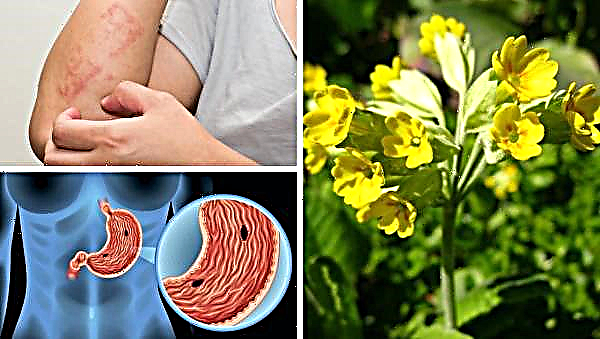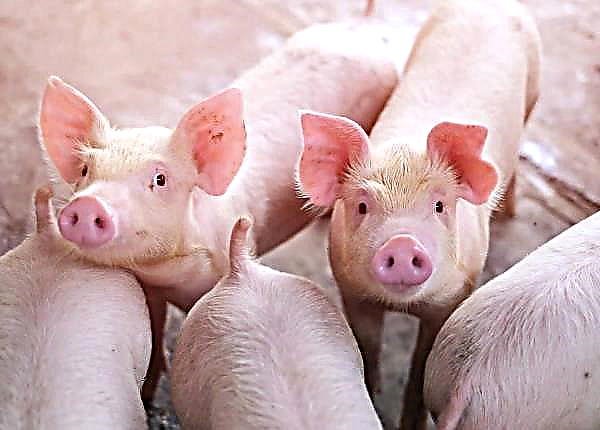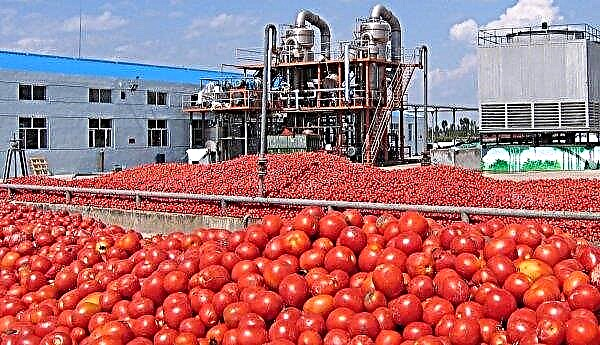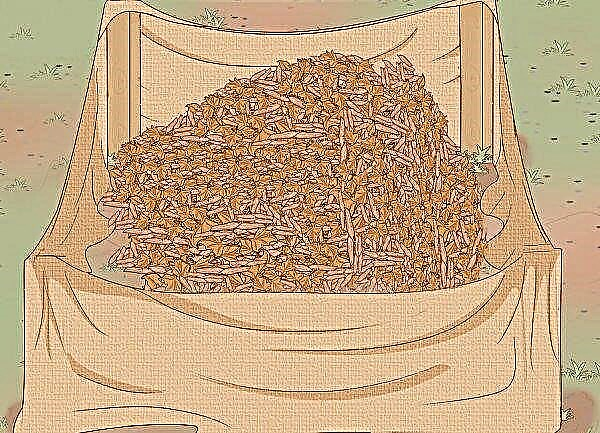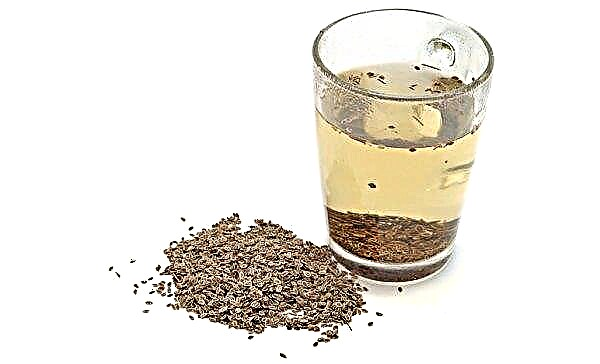One of the most common diseases of chickens in Ukraine that affects the respiratory tract is respiratory mycoplasmosis. As a result of infection, 20-30% of the flock of birds can die.
The disease often affects the bird in conjunction with other bacterial and viral infections. Most often, cases of infection with respiratory mycoplasmosis are recorded in the fall, when the weather is wet. The disease affects chickens of all age categories, but chickens most often get sick on days 20-30. It is transmitted by airborne droplets, together with water and transovarially. The incubation period is 20 days. At the first stages, respiratory mycoplasmosis does not manifest itself. At the same time, sick birds are a source of infection for their counterparts. In 2-4 weeks, the disease can cover the entire herd.
The bird infected with mycoplasmosis can be identified by the high secretion of mucus from the nostrils, sneezing, coughing and wheezing. The chicken breathes heavily, her eyelids turn red and swell, she loses her appetite and becomes lethargic. The excrement of sick individuals is green or yellow diarrhea.
You can learn about the methods of effectively combating respiratory mycoplasmosis and the most modern measures for its prevention at the international practical forum Poultry Farming, which will be held on April 10-11, 2019 in Lviv. Professor Grzegorz Tomczyk from the Center for Experimental Animal Support, PIWet-PIB Pulawy (Poland) will talk about the role of mycoplasmosis in poultry pathology.


